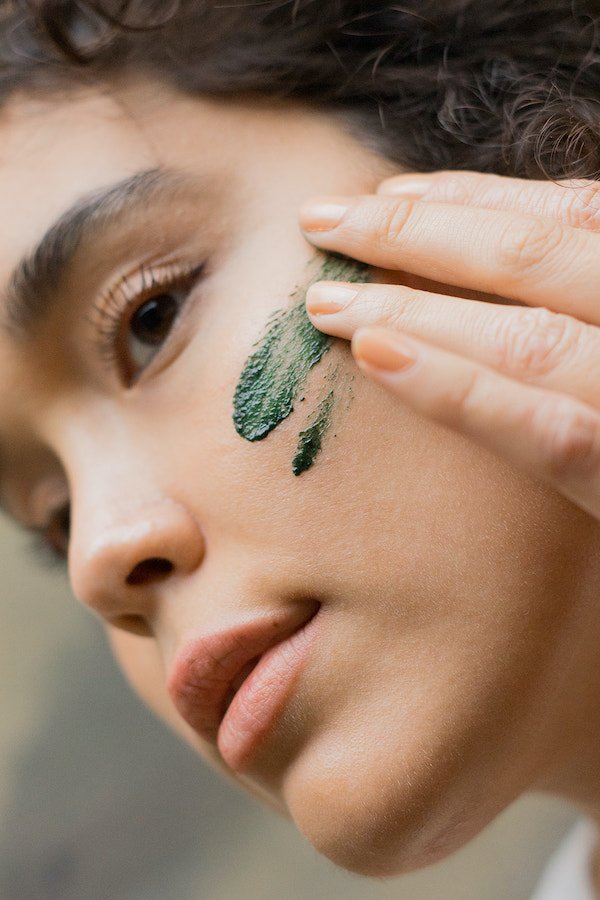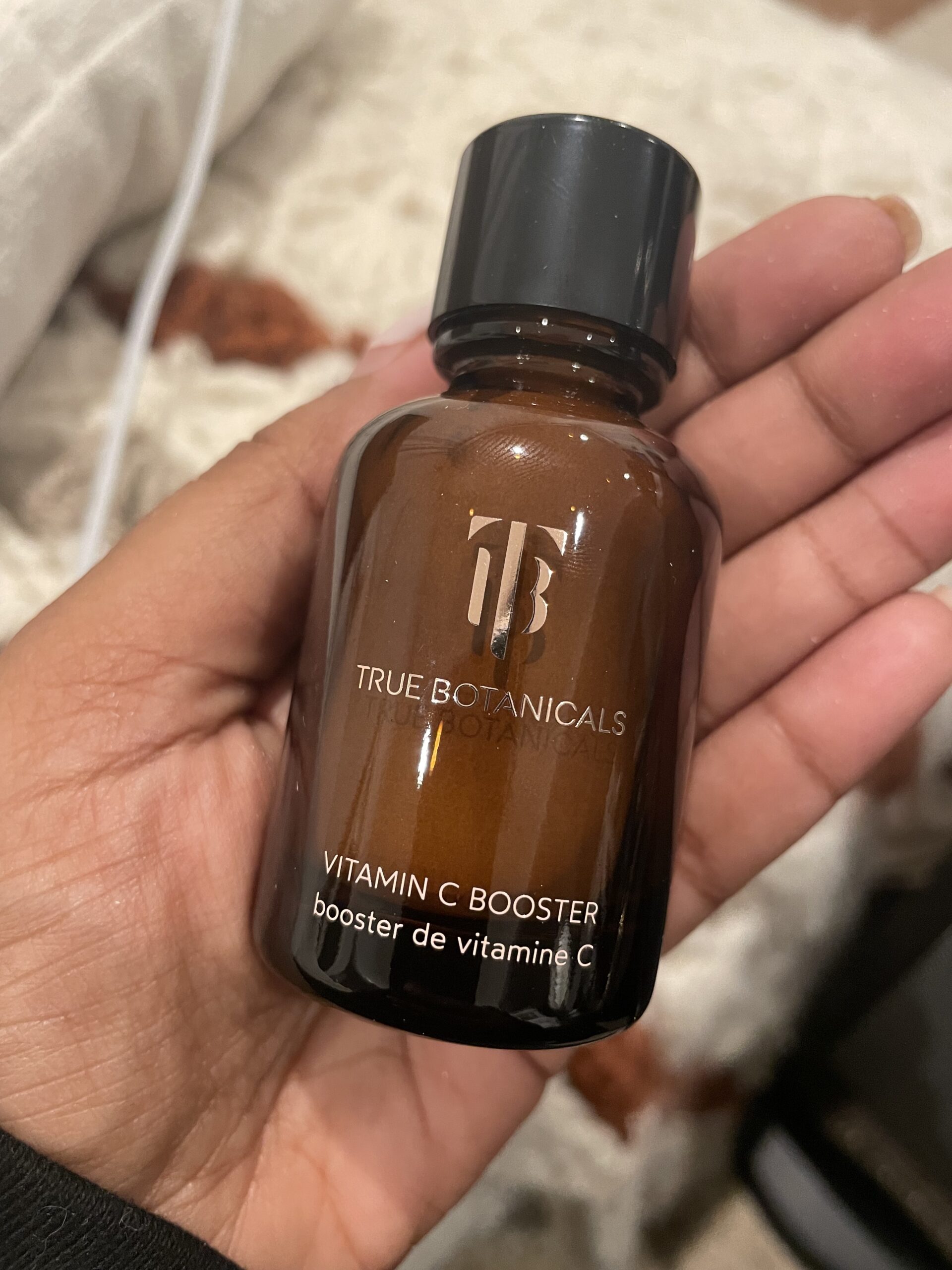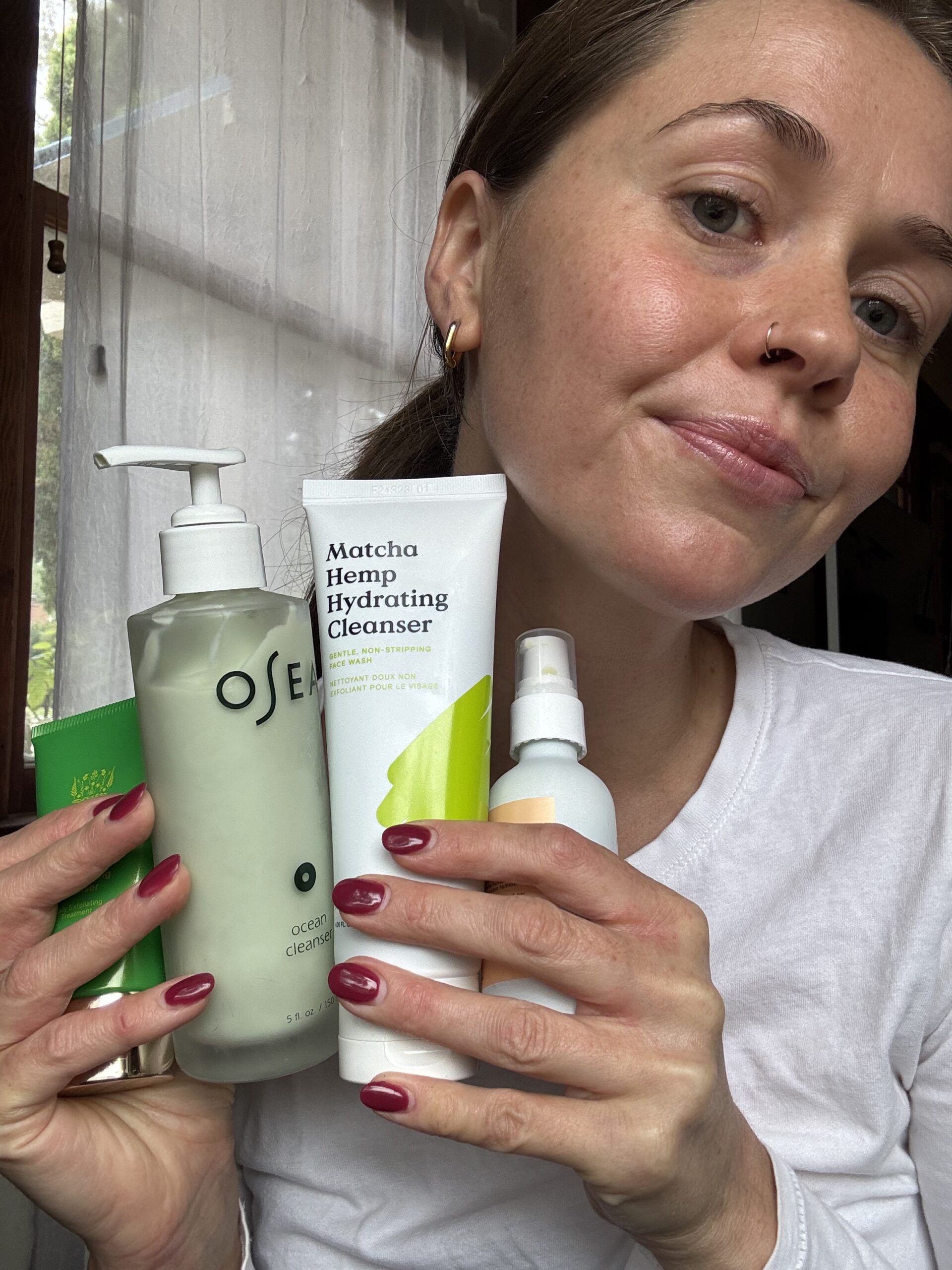
How To Create A Summer Skincare Routine
Those last-minute summer preparations are falling into place—maybe you’ve pulled out your swimsuits from wherever they were hiding, or your travel plans are just about made, or your garden is starting to yield flowers or produce. But do you have your summer skincare routine all figured out?
The weather, your skin type, and your lifestyle all influence what your skincare routine looks like, and we bet those factors change depending on the season. We spoke to board-certified dermatologist Dr. Jeannette Graf, assistant clinical professor of dermatology at Mt. Sinai School of Medicine, and Dr. Kseniya Kobets, director of cosmetic dermatology at Montefiore, to get the lowdown on how to effectively curate your own, personal summer skincare routine. If you want to do more this summer than just switch out your night cream for a gel cream, read on.
Below, we dive into general summertime tips like how to find the right SPF, along with how to handle more specific skincare concerns—dryness, acne, or hyperpigmentation—depending on your skin and lifestyle. The goal: identify how to personalize and change up your routine to help prevent some common summertime skincare concerns, rather than doing damage control after they appear.
Tips for Summertime Sun Exposure
Dr. Graf says that her patients’ number one summertime skincare concern is sunburning and sun damage. This one is a no-brainer—the UV index is usually higher in the summer, and folks are often spending more time outdoors. “Sunscreen is the most important step in a skincare regimen,” says Dr. Graf, “and it’s especially important when you’ll be spending a prolonged time in direct sunlight.” She recommends looking for broad spectrum SPF 50+ or better, and reapplying every 40 minutes or every 80 minutes if the sunblock is water-resistant.
Find some of our favorite mineral-based facial sunscreens here. And if you’re curious, learn more about the difference between mineral and chemical sunscreens. In a nutshell, some chemical sunscreens contain oxybenzone, octinoxate, or avobenzone, which are all harmful to coral reefs—so harmful, in fact, that places like Hawaii and Key West have banded sunscreens containing oxybenzone and octinoxate.
Dr. Kobets also recommends using “mineral or physical SPF,” noting that it won’t sting if you sweat it into your eyes during a summer workout session, and it’s less likely to irritate the skin in general.
“Many patients claim to have SPF in their makeup or moisturizers, but it’s often not enough.”– Dr. Kseniya Kobets
Some chemical sunscreens are still considered reef-friendly because they don’t contain oxybenzone and octinoxate, and some acne-prone folks prefer chemical sunscreens for their lightweight feel. The key here is to choose a sunscreen that’s reef-friendly and that you’ll actually want to use.
Here are some CC creams infused with SPF, but note that in the summertime you’ll likely want to wear sunscreen underneath makeup infused with SPF. “Many patients claim to have SPF in their makeup or moisturizers, but it’s often not enough,” notes Dr. Kobets, who also recommends SPF 30 to 50 in the summer.
Our sunscreen picks: Supergoop CC Screen, FORAH Everyday Mineral Sunscreen, Kinfield Daily Dew
Tips for Summertime Dryness
Depending on your climate, you might experience more humidity in the summer—or you might have less, meaning patches or flakiness if your skin is prone to dryness. An increase in UV ray exposure, the slathering on of sunscreens, and pool water can also all lead to more dryness and flakiness, says Dr. Graf.
“Moisturizing is key for remedying this onset of dry skin,” Dr. Graf says, noting that her favorite moisturizing ingredients include ceramides, hyaluronic acid, glycerin, and squalane “to protect the skin’s moisture barrier and hydrate skin.” We love ceramides for their skin barrier-supporting qualities, and squalane for its hydrating and anti-inflammatory properties. Here are some of our favorite natural facial moisturizers.
And, as long as you’re keeping an eye out for these ingredients, you don’t necessarily need to reach for a thick, heavy cream (which doesn’t sound so appealing when it’s 95 degrees out!) Look for a product with proven ingredients that will leave your skin feeling hydrated, morning and night.
Our moisturizer picks: Cocokind Resurrection Polypeptide Cream, Summer Fridays Cloud Dew, Osea Atmosphere Protection Cream
Tips for Summertime Acne
Some oily skinned folks, on the other side of the spectrum, can see an increase in breakouts during the summer because of heavier sunscreen use. More humid air can also make your skin look and feel greasier, and “during the hot summer months,” notes Dr. Kobets, “the skin sweats a lot more, usually exacerbating oily skin and acne.”
To combat this, Dr. Kobets recommends using a chemical exfoliant like salicylic acid or AHAs “to help exfoliate and clean out the pores” a few times a week. She also recommends gently foaming cleansers to help break down oil buildup.
Sunscreens like Image Skincare’s Prevention SPF 50 moisturizer combat oily skin by combining SPF with moisturizer, meaning one less product in your routine. Dr. Graf recommends an exfoliant like Charlotte Tilbury’s Super Radiance exfoliator which uses AHA, BHA (salicylic acid), and PHA “to exfoliate dead skin cells” and break down sebum buildup.
Our anti-acne picks: Ilia Super Serum Skin Tint and Herbivore Prism Exfoliating Glow Serum
Tips for Summertime Hyperpigmentation
“If you’re prone to hyperpigmentation or have existing spots, try adding a vitamin C serum in the morning and a niacinamide one at night.”
Sunspots and hyperpigmentation are another major summertime concern for some patients, notes Dr. Graf, adding that “darker skin tones can be more prone to developing worsening hyperpigmentation such as melasma from increased time in the sun.”
Her two best defenses against dark spots? Daily sunscreen and antioxidants, like vitamin C and niacinamide. “Choose a broad-spectrum SPF 50+ and wear it daily,” she says. If you’re prone to hyperpigmentation or have existing spots, try adding a vitamin C serum in the morning and a niacinamide one at night. Check out some of our favorite vitamin C serums for brightening.
Our hyperpigmentation picks: Follain Brightening Serum, True Botanicals Vitamin C Booster, Glossier Super Pure, Alpyn Beauty Wild Nettle & Niacinamide Serum
Putting Together the Whole Routine
Now that you know what ingredients you’re looking for, here’s the fun part: putting together the whole routine. Here’s a template to work with:
- Cleanser. Use a gentle cleanser in the morning, and double cleanse at night to get all your SPF off. Use a foamier cleanser if you get super oily in the summer.
- Actives. Here’s where you target specific skin concerns. If you’re focused on hyperpigmentation this might be vitamin C, or if you have acne you’ll use your chemical exfoliant (at night!). Niacinamide is great for pretty much anyone.
- Moisturizer. If you have oily skin you’ll probably want a lightweight gel moisturizer, but if you’re struggling with dryness, try looking for ceramides, hyaluronic acid, and glycerin.
- SPF. We love mineral sunscreen—just make sure you apply daily, and reapply if you’re in the sun for a while.
Natalie Gale is a Boston-based freelance journalist. When she’s not writing about art, food, or sustainability, you can find her biking to the farmers’ market, baking, sewing, or planning her next Halloween costume. Say hi on Instagram!




